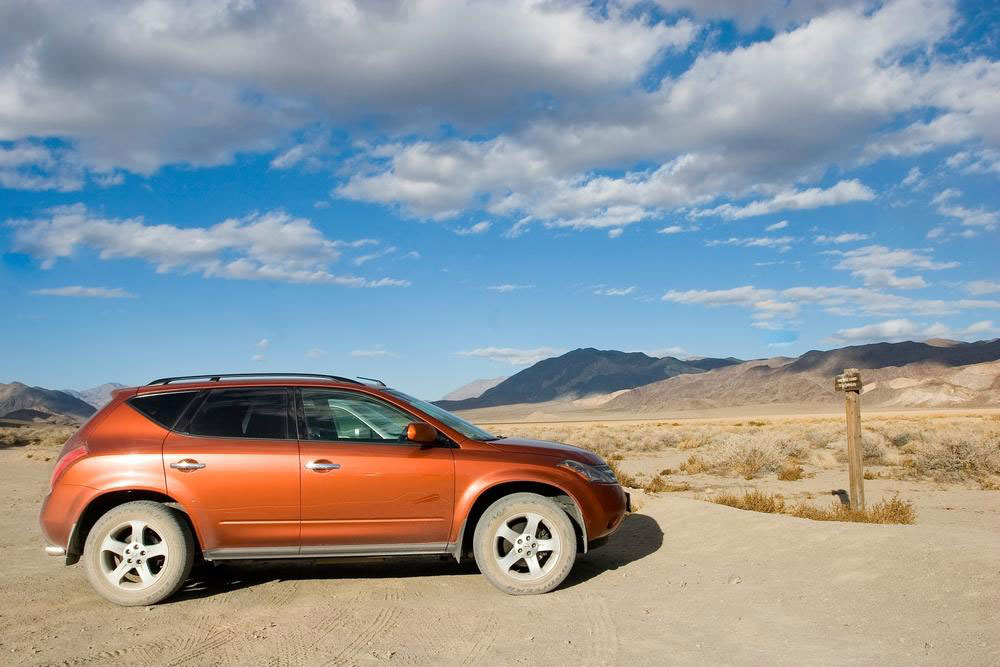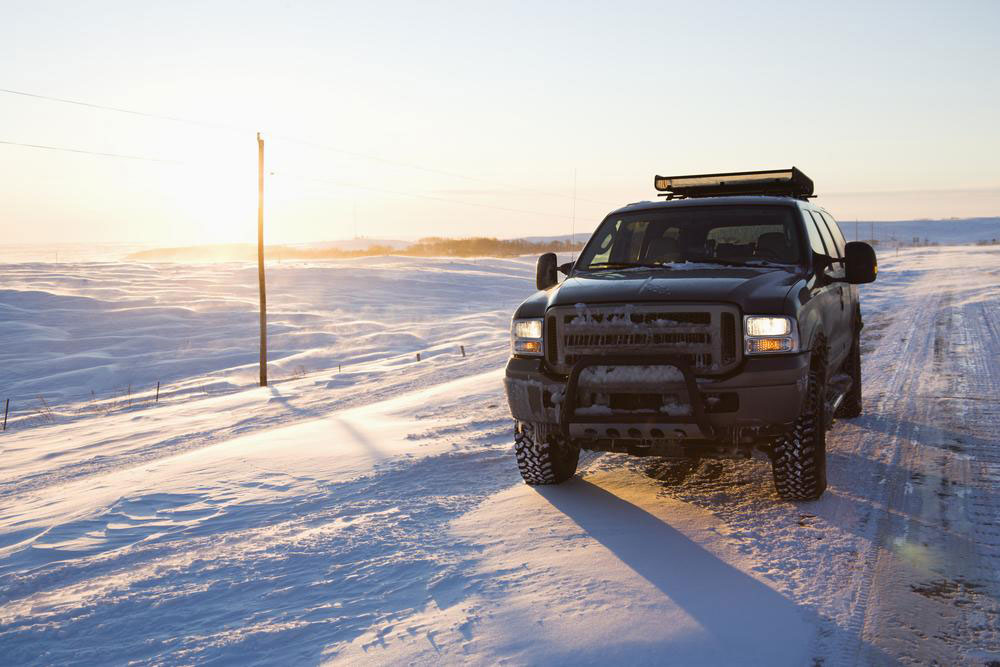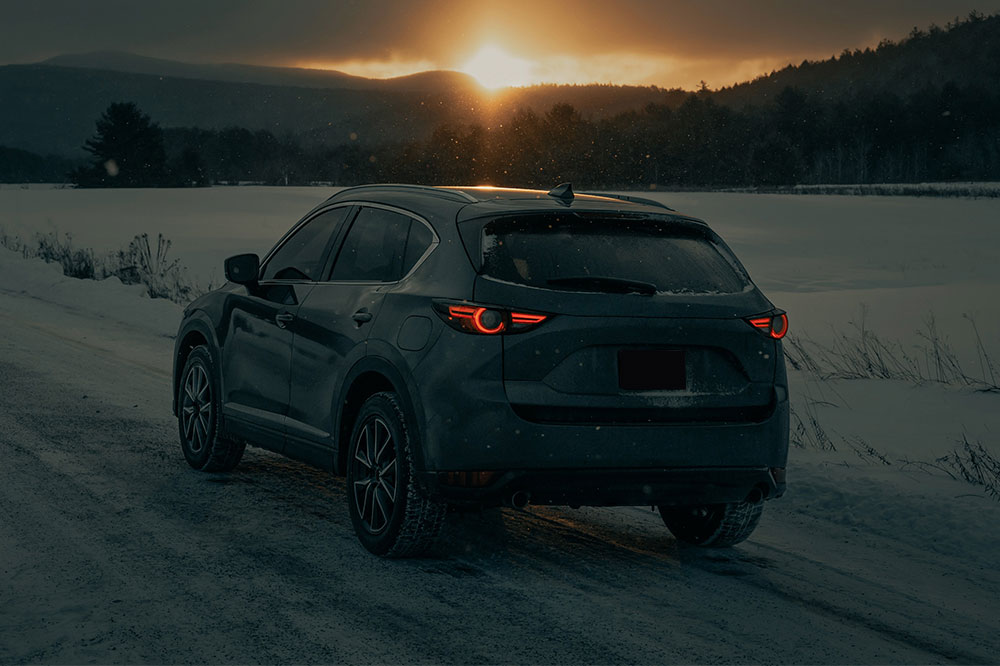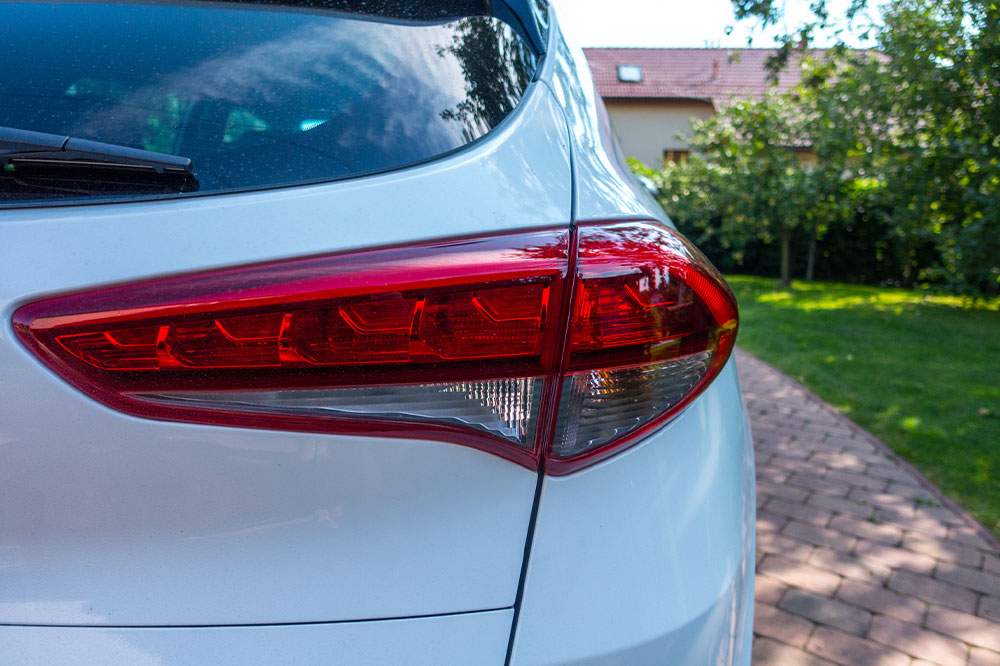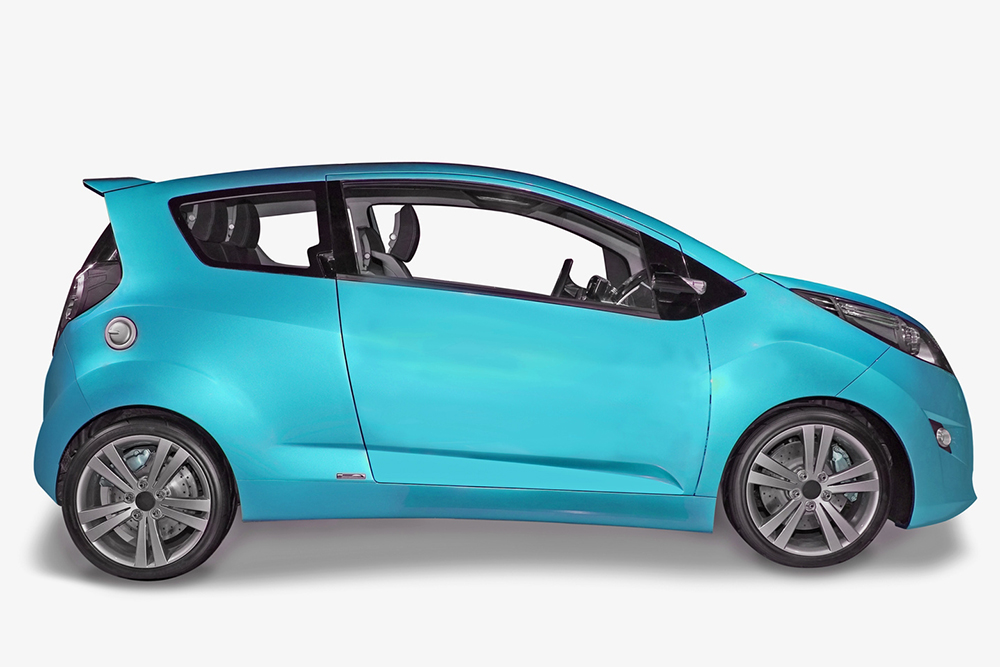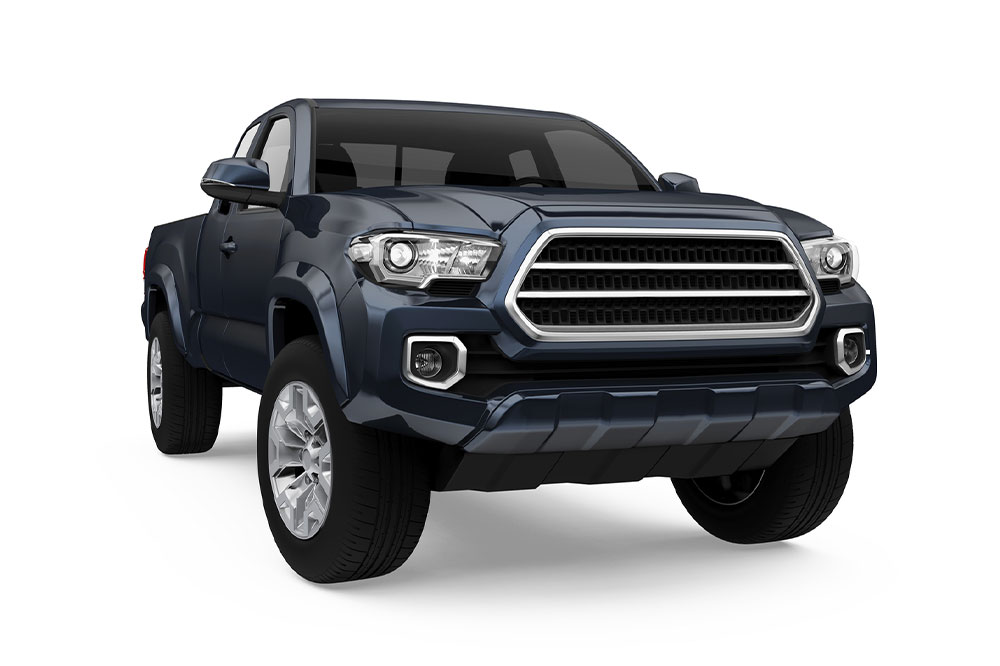Assessing the Advantages and Disadvantages of the GMC Terrain
Explore the key advantages and limitations of the GMC Terrain, a popular compact SUV. Learn about its spacious design, engine options, interior features, and current drawbacks. Ideal for those seeking a versatile crossover, but consider its age and competition for a well-informed decision.

Evaluating the Strengths and Weaknesses of the GMC Terrain
The GMC Terrain stands out as a favored compact SUV in its class. It comes in three main versions: SLE, SLT, and Denali. The vehicle provides clear visual and audible alerts if a collision is imminent. The closer the vehicles, the more intense the tone sounds, enhancing safety awareness for drivers.
Advantages
Spacious rear seats with sliding and reclining features for comfort
Optional V6 engine offers quicker acceleration than many competitors
Inside cabin remains quiet at highway speeds
Adaptive suspension smooths out rough roads effectively
Disadvantages
Four-cylinder engine may feel sluggish, with real-world fuel efficiency below EPA estimates
Limited cargo capacity compared to rivals
Touchscreen interface can be difficult to reach and use
Interior design feels outdated, reflecting the vehicle's age
Bluetooth audio isn't available on base and lower trims
Despite its continued popularity among compact SUV enthusiasts, the 2017 GMC Terrain shows its age. The latest model has been released, with improvements over rivals that have also undergone significant updates.
How does the Terrain hold up? Its roomy rear seats and optional V6 engine boost its appeal. Quiet, comfortable rides are notable strengths. However, older features like a less responsive touchscreen and lower fuel economy remain concerns. Bluetooth connectivity is absent on entry-level trims, which might influence buying decisions.
The 2017 Terrain remains a versatile and capable crossover, though it's advisable to compare it with contemporaries like Honda CR-V, Toyota RAV4, and Mazda CX-5 before making a choice. With tough competition, the Terrain must prove its worth in this segment.
Trim options and features
The 2017 GMC Terrain is available in five trims—SLE, SLE-1, SLE-2, SLT, and Denali. The base SLE version includes 18-inch alloy wheels, auto-dimming rearview mirror, backup camera, cruise control, power-adjustable driver’s seat with lumbar support, split-folding rear seats with slide and recline, tilting telescopic steering wheel, rear privacy glass, and OnStar with onboard Wi-Fi hotspot.


